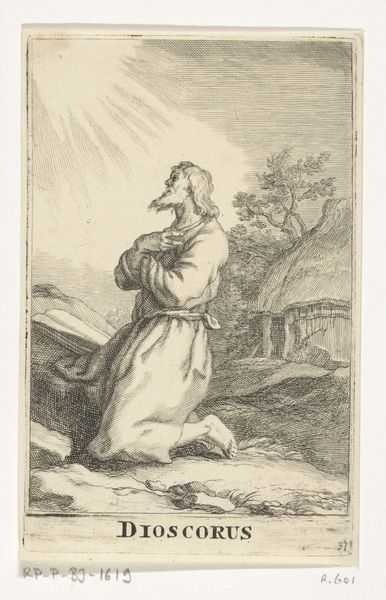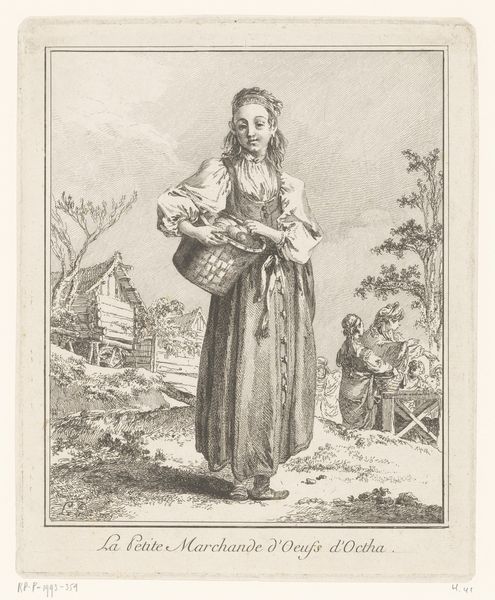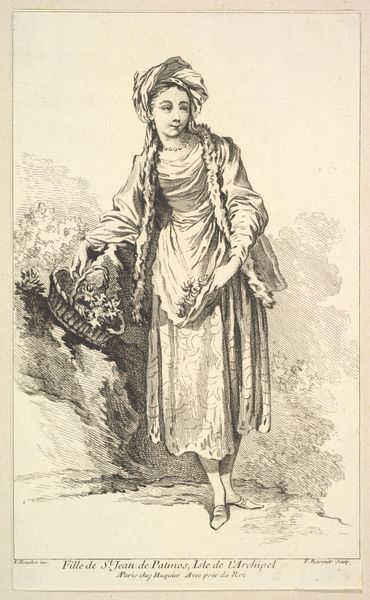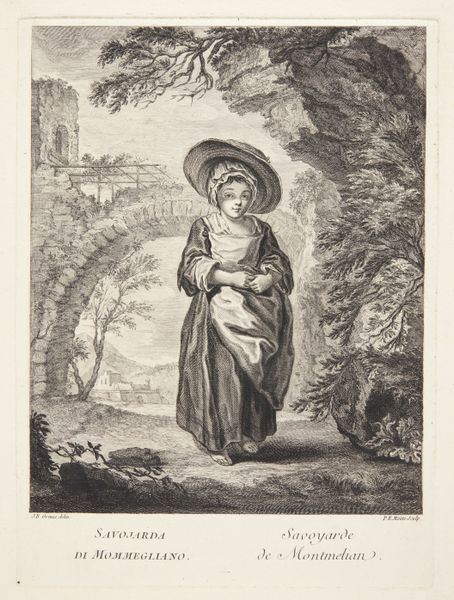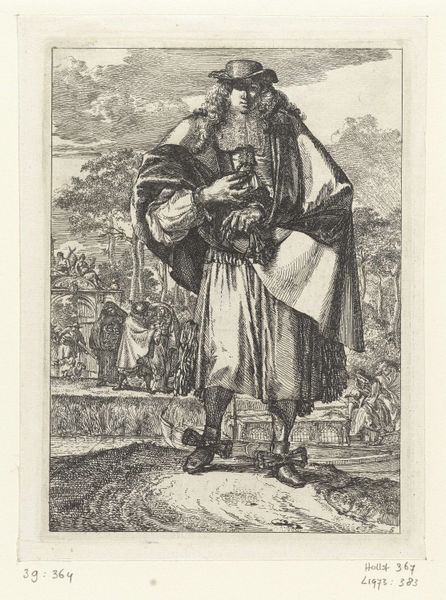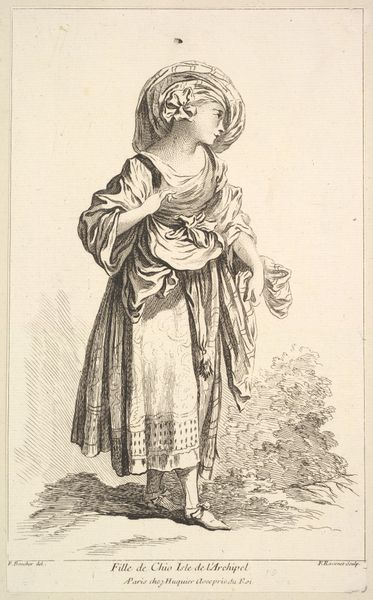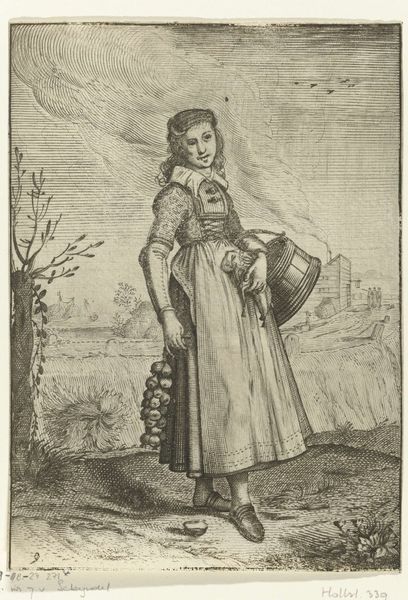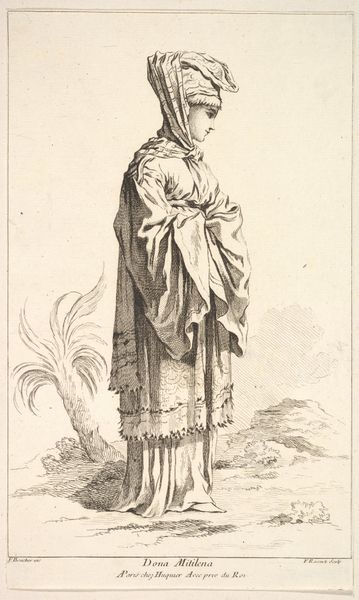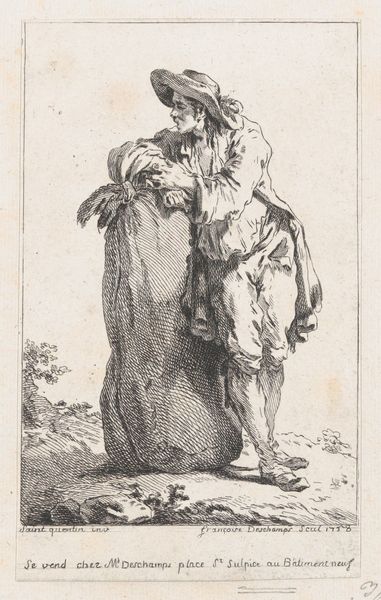![Reverse copy of Contadina, Recueil de diverses fig.res étrangeres Inventées par F. Boucher P.tre du Roy et Gravées par F. Ravenet (Collection of Various Foreign Figures, Devised by F. Boucher, Painter of the King and Engraved [etched] by F. Ravenet), plate 7 by Simon Francis Ravenet, the elder](/_next/image?url=https%3A%2F%2Fd2w8kbdekdi1gv.cloudfront.net%2FeyJidWNrZXQiOiAiYXJ0ZXJhLWltYWdlcy1idWNrZXQiLCAia2V5IjogImFydHdvcmtzL2Q1ZDhiYjlkLWEyZGYtNDZlOC04NzFmLWE3YzNiMzMwMmFkYS9kNWQ4YmI5ZC1hMmRmLTQ2ZTgtODcxZi1hN2MzYjMzMDJhZGFfZnVsbC5qcGciLCAiZWRpdHMiOiB7InJlc2l6ZSI6IHsid2lkdGgiOiAxOTIwLCAiaGVpZ2h0IjogMTkyMCwgImZpdCI6ICJpbnNpZGUifX19&w=3840&q=75)
Reverse copy of Contadina, Recueil de diverses fig.res étrangeres Inventées par F. Boucher P.tre du Roy et Gravées par F. Ravenet (Collection of Various Foreign Figures, Devised by F. Boucher, Painter of the King and Engraved [etched] by F. Ravenet), plate 7 1720 - 1799
0:00
0:00
drawing, print, etching
#
portrait
#
drawing
#
ink drawing
#
baroque
# print
#
etching
#
genre-painting
Dimensions: Sheet: 8 11/16 x 6 7/16 in. (22 x 16.3 cm)
Copyright: Public Domain
Editor: This is a print from sometime in the 18th century – a reverse copy of 'Contadina', by Simon Francis Ravenet, after a drawing by François Boucher. It’s an etching. There’s something quite elegant in its depiction of labor. What's your take on this piece? Curator: Elegant indeed, but I’d like us to really *look* at that "elegance." Consider the title: 'Contadina', an Italian peasant woman. Now think about Boucher, *Painter of the King*, designing this image, and Ravenet producing the etching. What kind of labor is really on display here? Editor: So, the labor of depicting labor, rather than the labor itself? Curator: Precisely. The very act of etching – the time, the skill – transforms the peasant woman into a consumable image for the elite. Think of the copper plate, the inks, the printing press, all involved in mass-producing this romanticized version of rural life. Who is buying these prints, and why? Editor: I see what you mean. The materials and the method themselves contribute to a kind of social distancing. The print becomes a commodity, almost obscuring the original subject. Are you saying it’s not really about her? Curator: In a way, no. It’s about the *idea* of her, filtered through the lenses of aristocratic consumption and printmaking technology. Look at how that technology renders detail - notice the precise rendering of her clothing. This level of detail wasn't accessible before mass-produced printing, think of this imagery as *currency* during this period, reflecting and shaping social values of the period. Editor: That's a fascinating point. I hadn’t considered how the very process of making the artwork could be so revealing about the social context. Curator: Materiality always tells a story, and that story is often about power. Editor: This really changes how I see this piece! Now I'm looking at the print, rather than the woman. Curator: Exactly! And what the print *is* reveals so much about what it *represents*.
Comments
No comments
Be the first to comment and join the conversation on the ultimate creative platform.

